- the blog post continues the discussion of the Radiance Cascades GI technique
- presents how to use information from a low number of rays to reduce the number of artifacts as much as possible
- shows the effect of the different steps and how multiple cascades are combined
- source code and interactive experiments are available

- the blog post presents the effects of combining multiple levels of noise
- shows this for blue noise, white noise, box noise, and many more
- additionally, it presents how the demo was made using the open-source Gigi prototyping platform
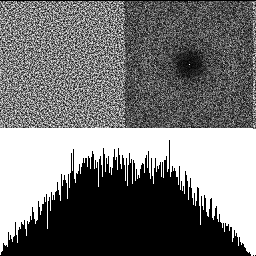
- the blog post presents what is required to write deterministic algorithms
- discusses algorithmic, multithreaded, and cross-platform considerations
- shows how different compiler options and standard library implementation can affect the results
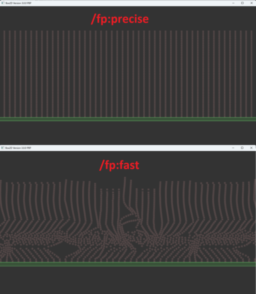
- the video provides a summary of how normal maps can be used to augment surface detail
- presents the derivation of the math that, such as tangent spaces, enables the augmentation
- additionally presents a method that can be used to approximately detect if a texture contains normal map information
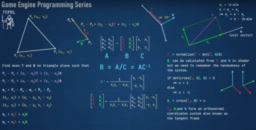
- the video presents how to combine polar coordinates, tiling, and blending to create a procedural loading indicator
- the implementation is shown using Unity and Unreal Visual shading languages

- the blog post provides a collection of Khronos talks that happened during SIGGRAPH 2024
- provides a link to the slides as well as the videos

- the blog post discusses the EDIZ (Error Diffusion Image Zooming) algorithm for image upscaling
- presents a high-level overview of the technique
- discuss weaknesses and shortcomings
- additionally, it presents an implementation of the technique in a code sample

- the article presents the authors’ findings when exploring Visibility buffers and methods to access UV derivatives
- presents the different methods, additional texture channels, ray-tracing into cached vertex transforms, and usage of LDS for short-term caching
- presents code implementations of the techniques and presents quality comparison videos
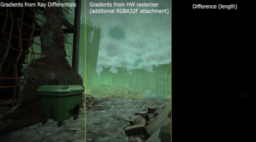
- the author presents his idea for a screen-space shadow technique that relies on Hierarchical Depth Buffers for each shadow-casting light
- starts with a brief overview of virtual shadow maps and the difficulties of debugging them that lead to the idea
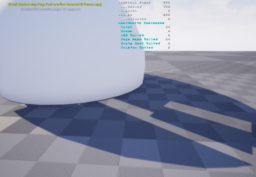
- the release adds support for new Vulkan extensions
- exposes VK_AMD_anti_lag, VK_KHR_calibrated_timestamps, VK_KHR_pipeline_binary and others

Thanks to Aras Pranckevičius for support of this series.
Would you like to see your name here too? Become a Patreon of this series.